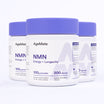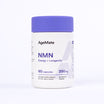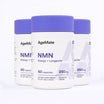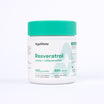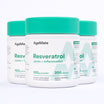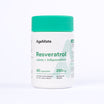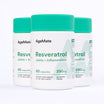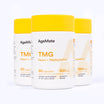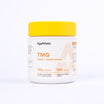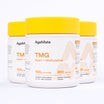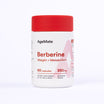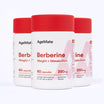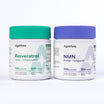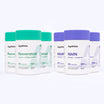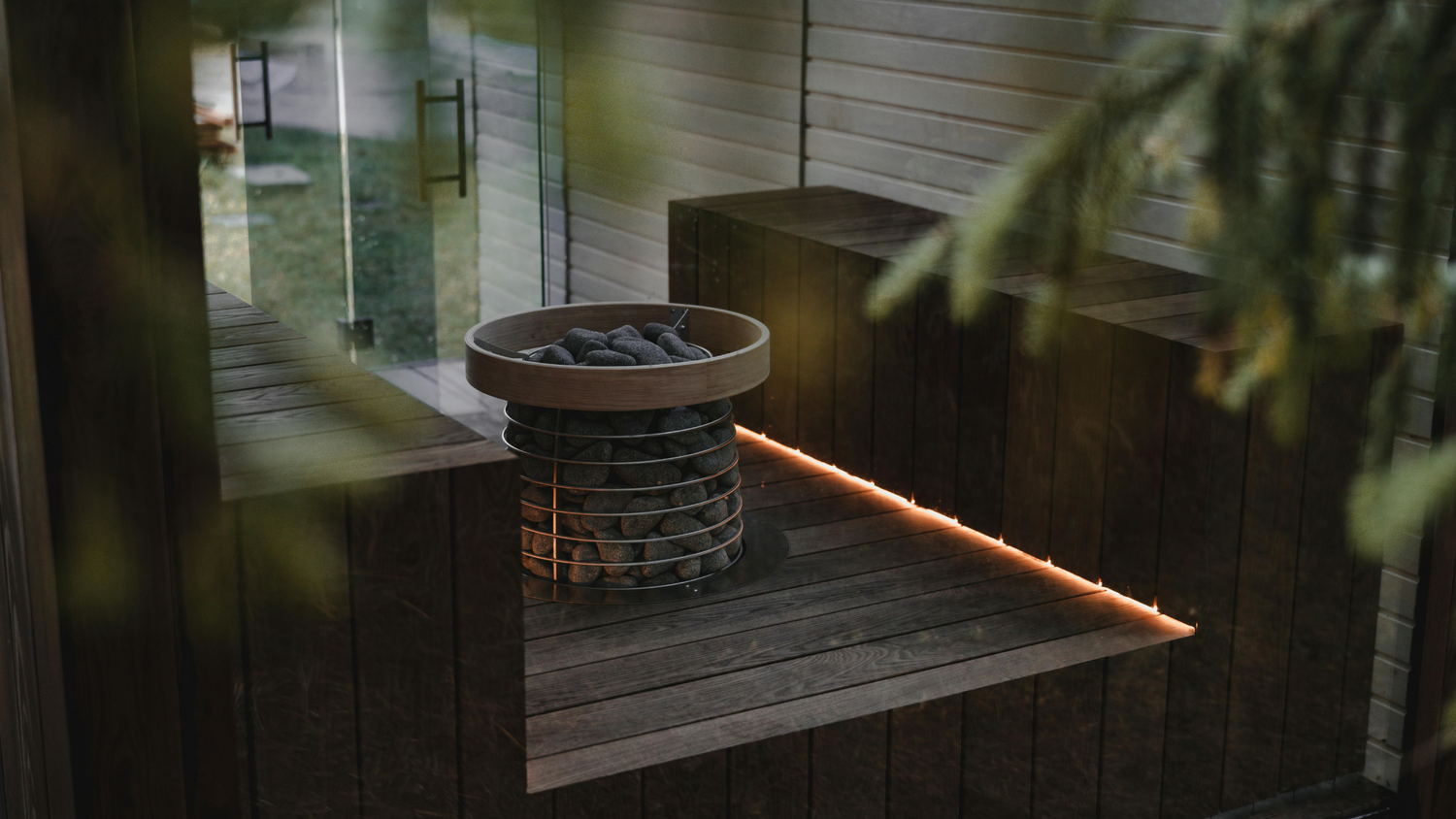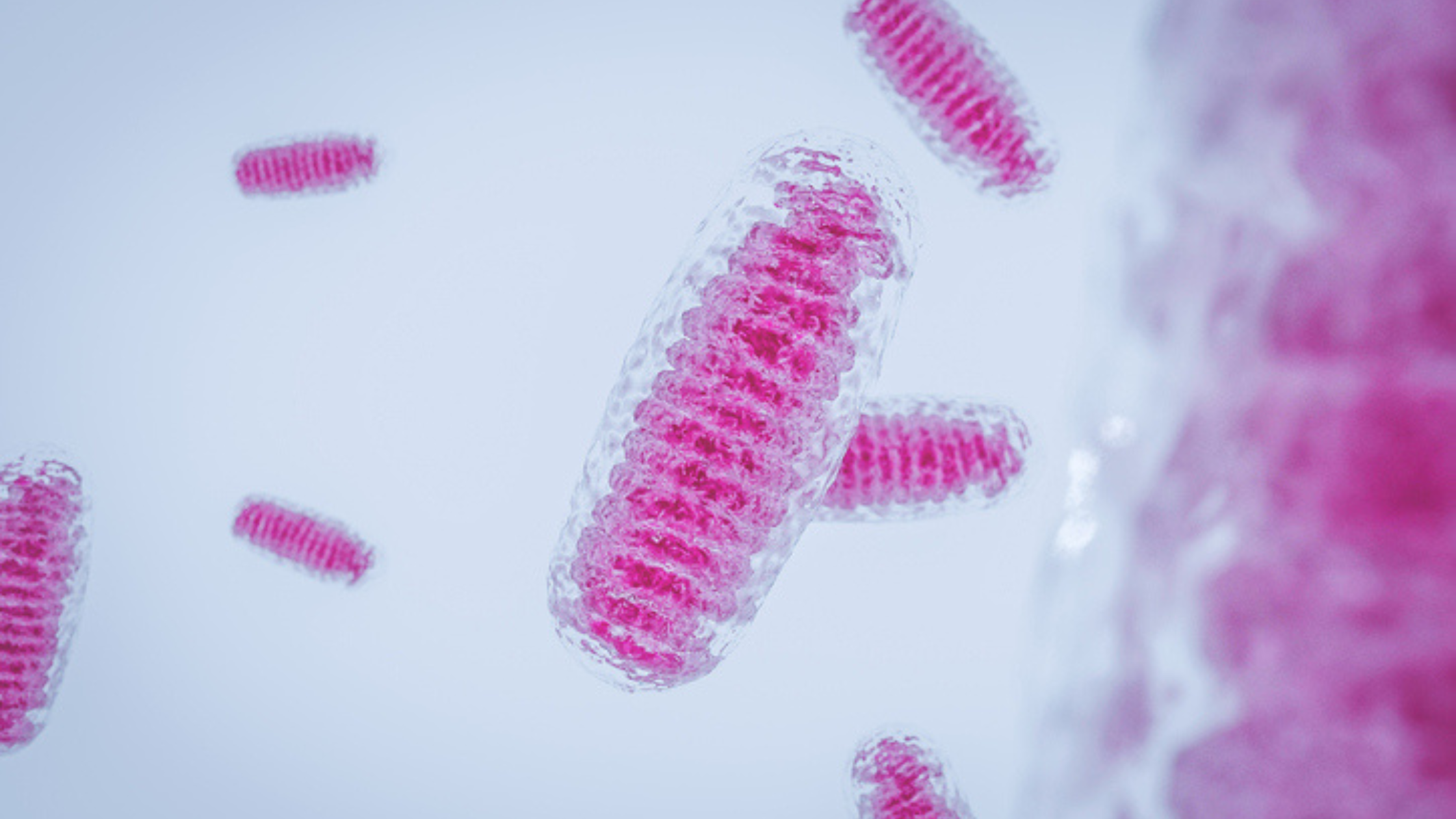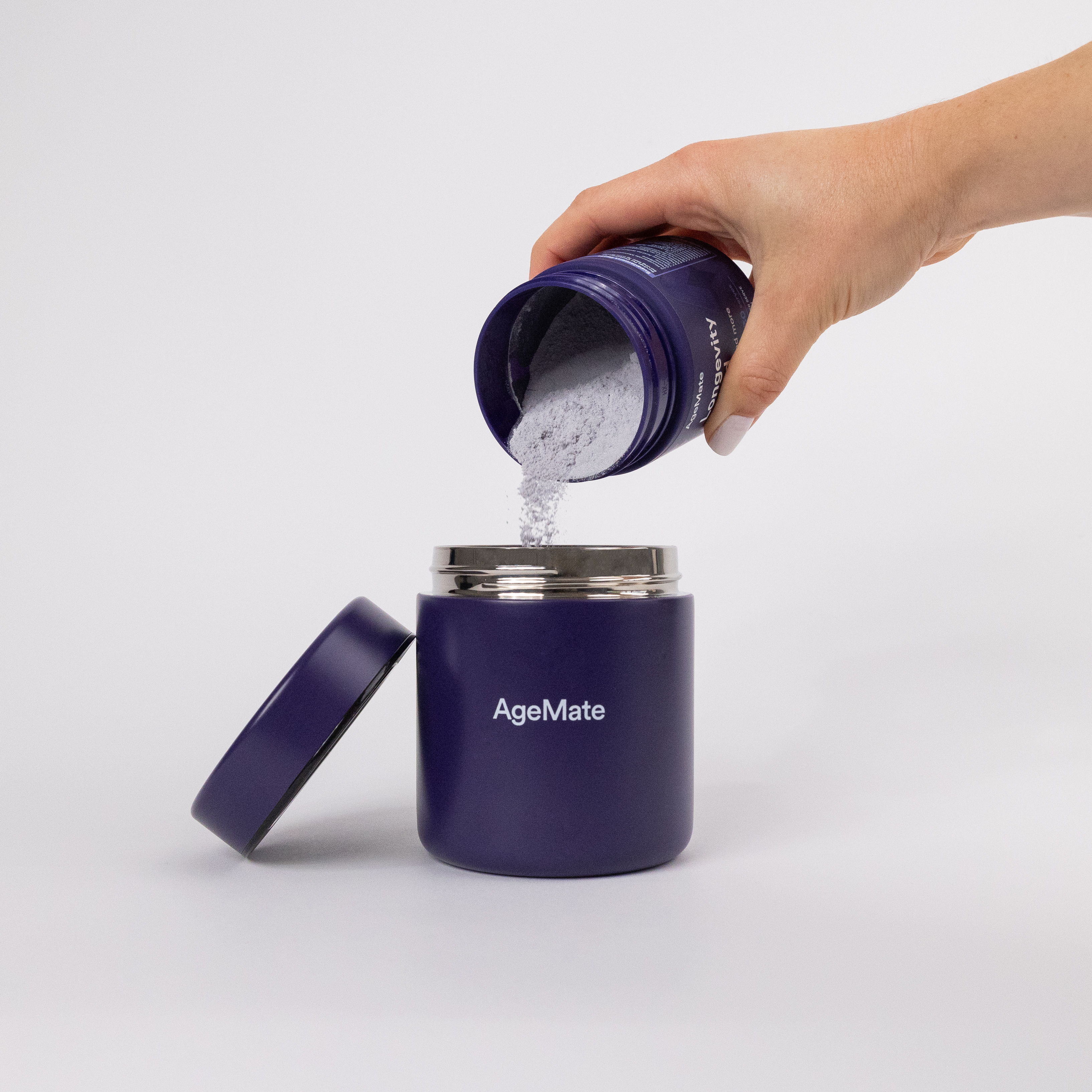Key Takeaways
-
Both wet and dry saunas can improve circulation, promote relaxation, and support overall wellbeing.
-
The key difference lies in humidity — wet saunas use steam, while dry saunas use heated air with very low moisture.
-
Choosing between the two comes down to personal comfort, health preferences, and the kind of heat your body enjoys.
Did you know that the oldest known saunas date back over 2,000 years to Finland and were originally dug into the earth like cosy underground caves? These early sauna-goers believed the hot air could cleanse both body and soul.
While today’s saunas are far more sophisticated (and less cave-like), they remain one of the most beloved ways to unwind, improve circulation, and nurture long-term health.
The Core Difference: Humidity and Heat
When it comes to wet vs dry saunas, the main distinction isn’t just how hot they feel, it’s about the type of heat.
A dry sauna is heated by electric, wood-burning, or infrared heaters, bringing the air temperature up to 80–100°C with a very low humidity level (often between 5-25%) (R). This allows your body to sweat without feeling sticky, as the moisture evaporates almost instantly.
A wet sauna — sometimes called a steam sauna — uses water poured over hot stones (or a separate steam generator) to create a humidity level near 100%, with temperatures generally between 40–70°C (R). While cooler in degrees, the high humidity makes the heat feel more intense.

From a physiological perspective, the difference in humidity changes how your body cools itself. In a dry sauna, sweat evaporation helps regulate body temperature. In a wet sauna, evaporation is slower, so the body’s internal temperature rises faster, stimulating circulation more intensely in a shorter time (R).
Circulation Boost and Heart Health Support
Saunas, both wet and dry, gently encourage your blood vessels to dilate, which improves circulation and can help lower blood pressure over time (R). In dry saunas, the steady heat encourages a gradual increase in heart rate — often similar to a light workout. Wet saunas, due to their higher humidity, tend to elevate heart rate more quickly.
For older adults, this can be a positive way to promote vascular flexibility. A Finnish study tracking sauna use over two decades found that regular sauna sessions (4–7 times per week) were linked to better cardiovascular outcomes (R). It’s not a replacement for exercise, but it can be a relaxing complement to an active lifestyle.
Skin Health and Radiance Benefits
In a dry sauna, sweat evaporates quickly, which can help remove surface impurities without leaving the skin damp. Some find it leaves their skin feeling smoother, particularly if followed by gentle moisturising (R).
In a wet sauna, the constant moisture opens pores and can help hydrate the skin — similar to a facial steam treatment. The warmth increases blood flow to the skin, delivering more oxygen and nutrients to the surface.
One interesting fact — sauna use has been shown to increase skin barrier function over time, helping to retain moisture better (R).
Breathing Easy: Respiratory Wellness
The difference in humidity plays a big role in how saunas affect your breathing. Dry saunas, with their low humidity, can feel easier to breathe in for those without respiratory concerns, as the heat is intense but not heavy with moisture (R).
Wet saunas, on the other hand, can soothe the airways by adding moisture to each breath, which is why many people with mild congestion or throat dryness find steam especially comforting. In fact, studies show steam inhalation can help temporarily ease nasal congestion and support mucous membrane hydration (R).
Muscles, Joints, and Everyday Comfort
As we age, keeping muscles supple and joints comfortable becomes increasingly important. Heat therapy in both dry and wet saunas helps muscles relax and increases blood flow, which can ease minor stiffness after activity (R).
Dry sauna heat penetrates deeply, helping to warm connective tissue and support flexibility (R). Wet sauna heat, thanks to its moisture, can make muscles feel softer and more pliable in a shorter time (R). Athletes often use both styles, dry saunas for post-training recovery and wet saunas before stretching routines.
Relaxation and Mindful Moments
Beyond the physical, there’s the mental joy of sitting in a warm, quiet space away from distractions. The gentle stress on the body triggers the release of endorphins, the so-called “feel-good” hormones, which contribute to a calmer mind and a positive outlook.

In dry saunas, the still, crisp heat can feel meditative, a place to let thoughts slow down. Wet saunas, with their enveloping mist, can create a cocoon-like sense of comfort, perfect for letting go of tension.
Some research suggests that regular sauna use can lower cortisol levels, our primary stress hormone, supporting a more balanced mood (R).
Choosing What’s Right for You
There’s no one-size-fits-all sauna experience.
- If you prefer intense, dry heat and the sensation of sweat evaporating quickly, a dry sauna may be your match.
- If you love the enveloping warmth of moisture and a gentler air temperature, a wet sauna could be ideal.
- Some wellness centres even offer both — allowing you to switch between them for a varied experience.
Whichever you choose, remember to listen to your body, hydrate well before and after, and ease into longer sessions gradually.
Conclusions on Saunas
We say yes to saunas. Regular sauna sessions, alongside a balanced diet, physical activity, and quality sleep, can be part of a healthy lifestyle that supports vitality well into later years.
Ready to learn more about how sauna use can support a vibrant, healthy lifestyle? Read our in-depth blog on the benefits of saunas for longevity here: What Are the Health and Longevity Benefits of Sauna?



